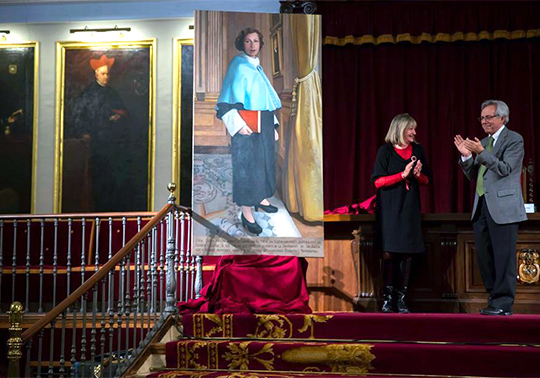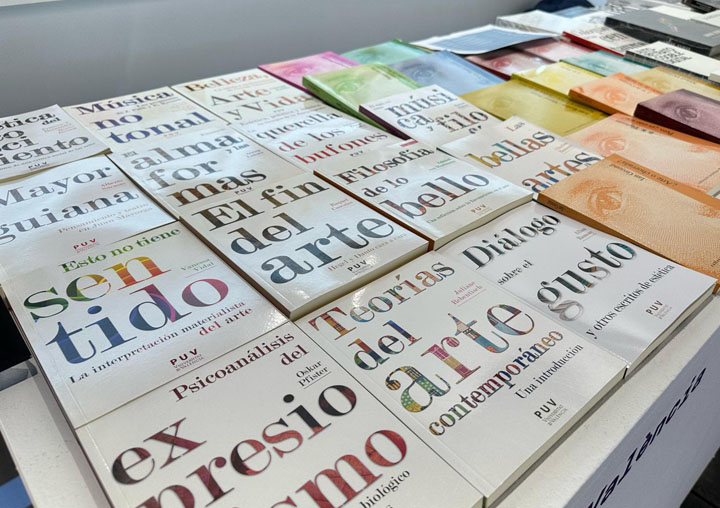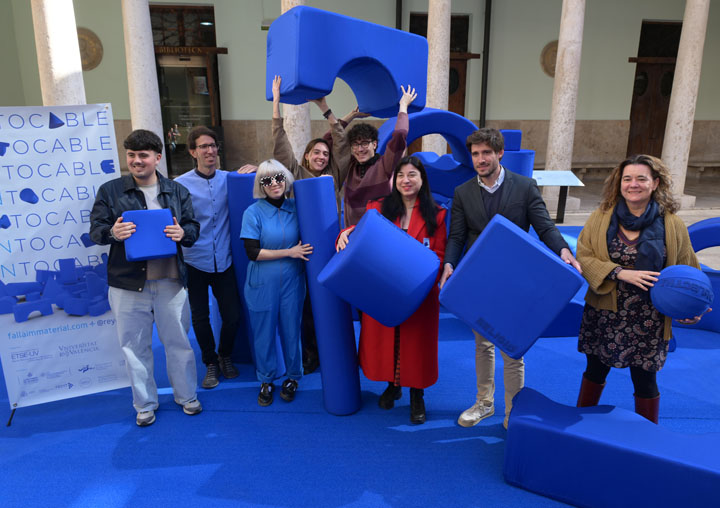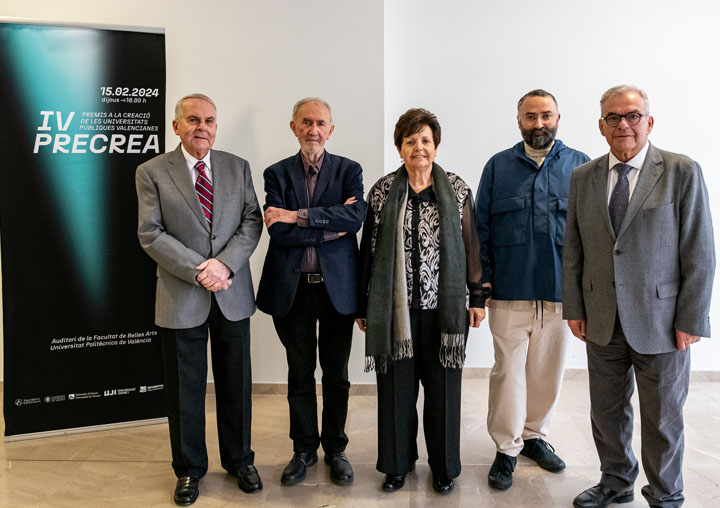Olimpia Arozena, first portrait of a woman at Paranimf of the Universitat de València
- March 8th, 2017

For the first time in the history of the Universitat de València, women are represented at Paranimf of the historical building La Nau. This Tuesday it has been discovered a painting of Olimpia Arozena, one of the first professors of this academic institution. The work has been done by a Valencian painter Susana Roig Hervás.
The painting has been presented this Tuesday after the institutional ceremony of the Universitat de València on the occasion of the Day for Equality. The vice-principal for Culture and Equality, Antonio Ariño, has discovered the painting that from now on will be hanged on the walls of the Paranimf together with 40 portraits of characters related to the Universitat de València throughout its 500 years.
To accomplish the projects of Equality of the Universitat de València, the Equality Unit wants to point out the contributions of women to the university, and especially, recover the historical memory of women in the Universitat de València. In this sense, the name of Olimpia Arozena is came out. She was one of the first women that had access to the Universitat de València and one of the first teachers of this institution.
Olimpia Arozena (Laguna, Tenerife, 19 July 1902 - Valencia, 1 December 1971) was graduated in Philosophy and Literature on 28 November 1929 with honours. She was one of the first teachers of the Universitat de València in the Faculty of Philosophy and Literature, in the History Department.
Moreover, she collaborated in the works of the Valencian Language Seminar during the Republic and Civil War, and she also did the doctorate in Philosophy and Literature in 1949 with the thesis ‘Nuevas aportaciones a la historia de Valencia’ (‘New contributions to the history of Valencia’).
Susana Roig, author of the portrait
The painter Susana Roig showed her preference to portrait since she was young. Capturing the essence of the characters she painted through the way of looking, gestures, and the study of the expressions appealed to her. In this genre, she has used a huge variety of techniques, from watercolour and pastel to acrylic and oil.
File in: Igualtat , Centre cultural La Nau , Unitat d'Igualtat
















